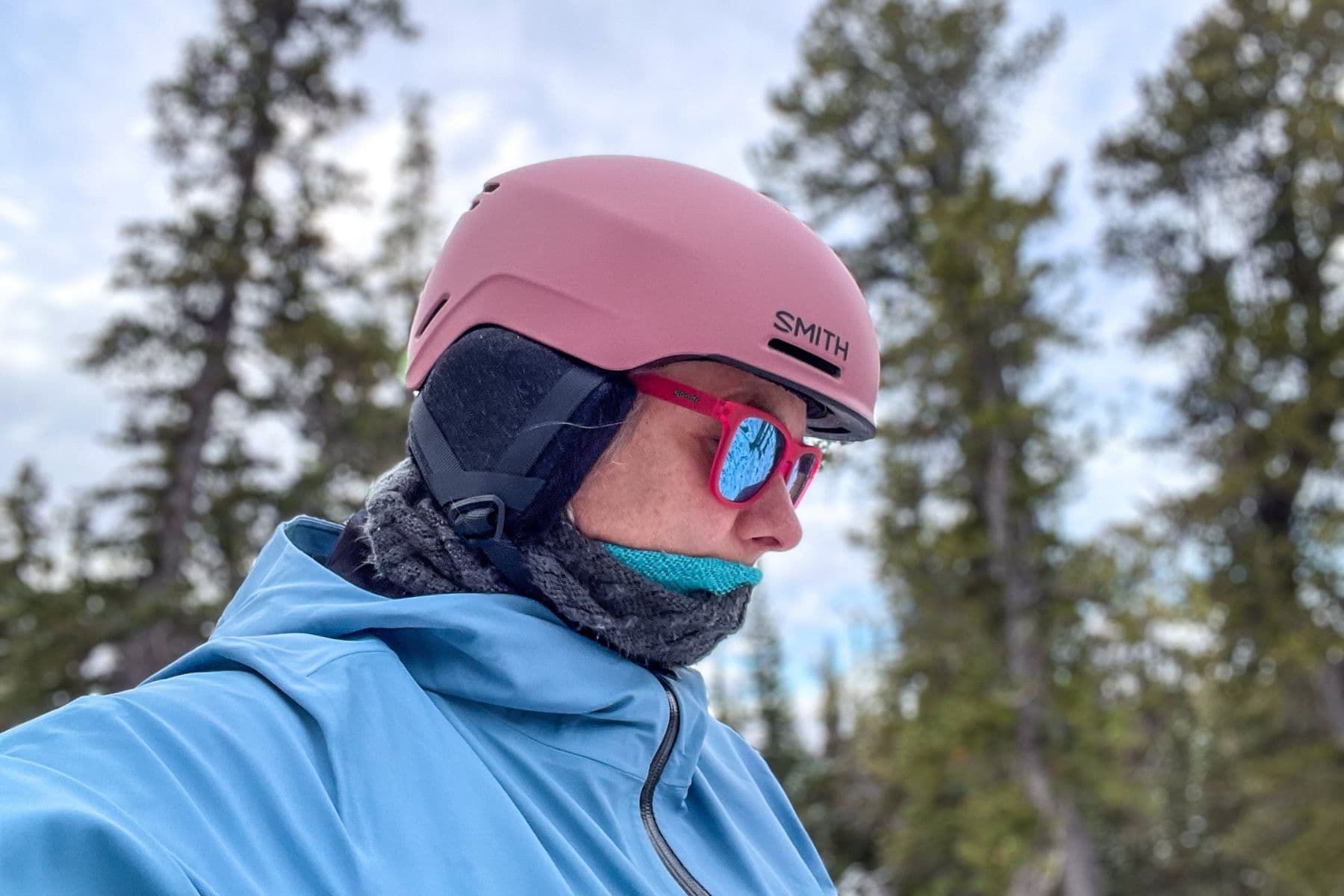Choosing a safe helmet is essential, but with various safety standards like DOT, ECE, Snell, and SHARP, it can be challenging to know which certification best suits your needs. Each standard has its own testing methods and requirements, ensuring helmets meet specific safety criteria.
This article explains the primary helmet safety standards, how they are tested, and what each standard means for riders, making it easier to select a helmet that offers the protection you need.
1. Why Helmet Safety Standards Are Important
- Assurance of Protection: Safety standards certify that a helmet can withstand specific impacts and protect the wearer in an accident.
- Regional Requirements: Different regions require different certifications for helmets to be legally used on public roads.
- Informed Purchasing: Understanding safety ratings helps riders select a helmet that meets or exceeds the level of protection they need.
2. Main Helmet Safety Standards and Their Testing Methods
a) DOT (Department of Transportation) – United States
- Region: United States
- Standard: FMVSS 218 (Federal Motor Vehicle Safety Standard 218)
- Testing Criteria:
- Impact Absorption: Helmets are dropped on various surfaces to test how well they absorb shock.
- Penetration: A sharp object is dropped on the helmet to test the shell’s ability to prevent penetration.
- Retention: Examines chin strap durability and ensures the helmet stays securely on the head during impact.
- Field of Vision: Ensures the helmet allows for an adequate field of view.
- Self-Certification: DOT relies on manufacturers to self-certify that their helmets meet standards. The National Highway Traffic Safety Administration (NHTSA) performs random checks.
- Best For: Riders looking for basic, legally compliant protection within the U.S.
b) ECE (Economic Commission for Europe) – International
- Region: Europe and internationally recognized in over 50 countries.
- Standard: ECE 22.05 (or updated ECE 22.06)
- Testing Criteria:
- Impact Tests: Tests conducted at multiple points on the helmet under various conditions.
- Shell Penetration: Ensures that the helmet’s shell can resist punctures.
- Chin Strap and Retention System: Tests the durability and effectiveness of the retention system.
- Environmental Testing: Tests at different temperatures and humidity levels to simulate real-world conditions.
- Third-Party Certification: ECE is government-certified, with all helmets undergoing independent lab testing.
- Best For: Riders seeking globally accepted and reliable safety certification.
c) Snell Memorial Foundation – United States
- Region: Primarily used in the U.S., but respected worldwide.
- Standard: Snell M2020 for motorcycle helmets, with a history of stricter standards than DOT.
- Testing Criteria:
- Impact Resistance: Multiple impact tests simulate high-energy collisions.
- Chin Bar and Shell Rigidity: Specific to full-face helmets, ensuring maximum durability.
- Multiple Impact Points: Tests impact absorption on different parts of the helmet, unlike single-point tests.
- Roll-Off Resistance: Ensures that the helmet stays on the head during a collision.
- Independent Certification: Snell-certified helmets are tested by the Snell Foundation, known for its rigorous and high-standard testing protocols.
- Best For: Track riders and those seeking advanced safety features beyond standard requirements.
d) SHARP (Safety Helmet Assessment and Rating Programme) – United Kingdom
- Region: United Kingdom, providing additional insight into helmet performance.
- Standard: SHARP is a rating system (1-5 stars) rather than a certification.
- Testing Criteria:
- Multi-Point Impact Tests: Tests helmets at various speeds and locations to simulate different types of crashes.
- Energy Absorption Ratings: Each helmet is given a rating (1 to 5 stars) based on how well it absorbs impact.
- Government Initiative: SHARP is run by the UK Department of Transport, providing ratings based on real-world crash data.
- Best For: Riders in the UK or those looking for an additional layer of safety performance evaluation.
3. How These Standards Differ and Why It Matters
- Testing Rigor: Snell standards are generally considered the most rigorous, with multiple impact tests and higher-speed impacts than DOT or ECE.
- Regional Differences: DOT is specific to the U.S., while ECE is accepted in Europe and recognized internationally.
- Field of Vision and Retention Standards: DOT and ECE have specific visibility requirements, whereas Snell and SHARP emphasize more on impact absorption and helmet stability.
- Certification vs. Rating: DOT, ECE, and Snell are certifications, while SHARP is a rating system that offers additional performance insights.
4. Additional Helmet Safety Technologies
a) MIPS (Multi-directional Impact Protection System)
- Purpose: Reduces rotational forces during angled impacts, a feature not included in DOT, ECE, or Snell.
- How It Works: MIPS helmets have a low-friction layer allowing the helmet to rotate slightly upon impact, redistributing energy and reducing rotational force on the brain.
- Best For: Riders seeking extra protection against rotational brain injuries.
b) Koroyd Technology
- Purpose: Found in some high-end helmets, Koroyd is designed to absorb impact energy through a honeycomb structure, enhancing impact protection.
- How It Works: Koroyd compresses upon impact, absorbing energy and reducing the force felt by the head.
- Best For: Adventure and dual-sport riders who prioritize maximum impact absorption.
5. Choosing the Right Safety Standard for Your Helmet
- Commuters and Daily Riders: DOT or ECE-certified helmets provide reliable protection for daily commutes and regular riding.
- Track and High-Performance Riders: Snell-certified helmets are generally preferred for track racing and high-speed performance riding due to their rigorous testing.
- Adventure and Off-Road Riders: ECE-certified helmets are ideal for off-road and adventure riding, as ECE tests often simulate diverse environmental conditions.
6. FAQ on Helmet Safety Standards
- Can a helmet have multiple certifications?
- Yes, many helmets have dual certifications (e.g., DOT and ECE) and meet standards in multiple regions.
- Which certification is best for motorcycle racing?
- Snell certification is typically recommended for racing as it’s known for its rigorous testing protocols.
- How often should I replace my helmet?
- Helmets should be replaced every five years or immediately after an impact, as materials degrade over time, reducing effectiveness.
- Is a higher-rated helmet safer?
- A higher-rated helmet may offer enhanced protection, but a proper fit and certified standard that matches your riding style are more critical than a high rating alone.
Conclusion
Understanding helmet safety standards is essential for choosing the right helmet. While DOT, ECE, Snell, and SHARP ratings all offer safety insights, each standard has its own focus and testing method.
Whether you’re commuting, racing, or riding off-road, selecting a helmet with the appropriate certification ensures you’re getting a level of protection tailored to your needs.
Remember, a safe helmet is one that fits well, meets legal requirements, and offers certified protection for your riding conditions.








